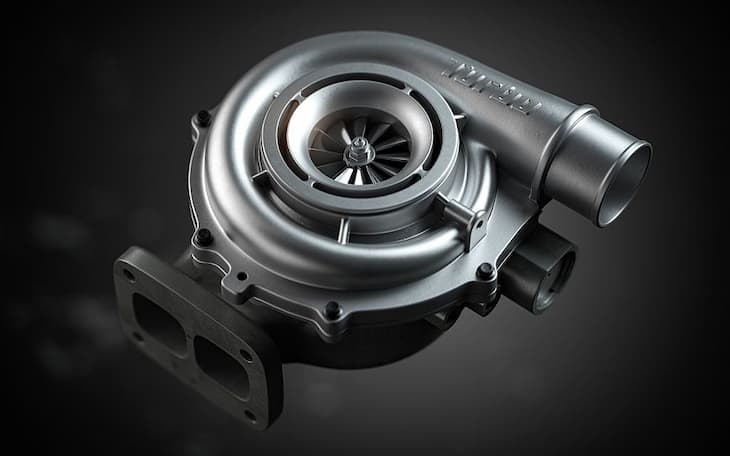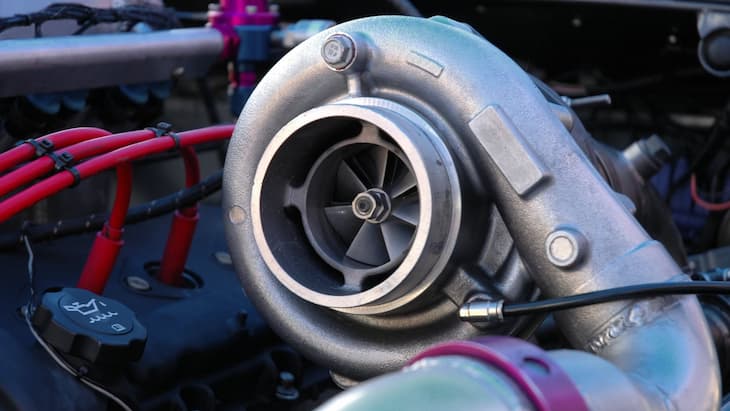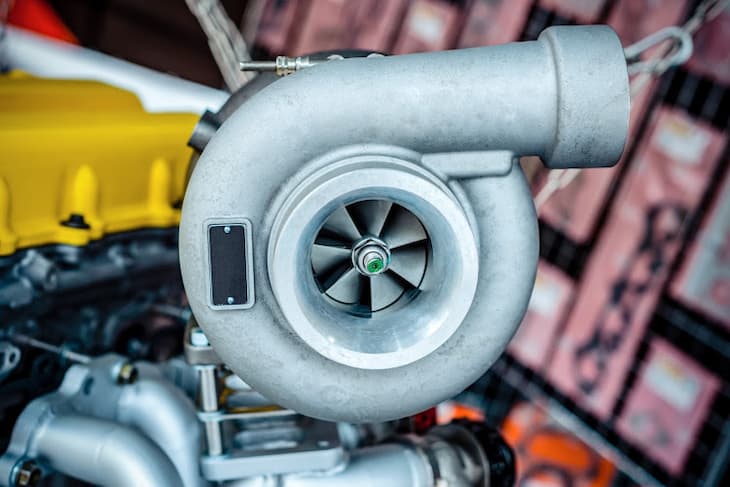Turbocharging has become a cornerstone in the automotive industry, transforming the way we perceive engine performance. As enthusiasts seek to extract more power and efficiency from their vehicles, the debate between stock and aftermarket turbo parts has gained prominence. Understanding how turbos work and the role each component plays is essential for enthusiasts looking to optimize their vehicle’s performance.
Having said that, let’s talk about the intricacies of turbochargers, compare stock and aftermarket wastegates, and explore the differences between stock and aftermarket turbo springs. By the end, readers will have a thorough understanding of how these components impact performance and the considerations to weigh when deciding between stock and aftermarket options.
How Turbos Work

Before diving into the specifics of stock and aftermarket turbo auto spares, it’s crucial to grasp the fundamental principles of turbocharging. A turbocharger comprises two main components: the turbine and the compressor. The turbine is positioned in the exhaust stream, where it harnesses the energy from exhaust gases to spin a shaft. Connected to the shaft is the compressor, which draws in and compresses air before delivering it to the engine’s intake manifold. This compressed air enables more fuel to be burned, resulting in increased horsepower and torque.
Stock Turbo Parts
Stock turbo parts are those that come pre-installed by the vehicle manufacturer. Automakers meticulously design these components to meet various criteria, including emissions standards, fuel efficiency, and reliability. Stock turbos are engineered to deliver a balance of performance and longevity, catering to the average driver’s needs.
Stock Wastegate
The wastegate is a critical component in regulating boost pressure. Stock wastegates are designed to function seamlessly with the vehicle’s engine control unit (ECU), maintaining a delicate balance between performance and fuel efficiency.
OEM wastegates are typically set to conservative boost levels, prioritizing engine longevity over maximum power. This is ideal for the average driver but may leave performance enthusiasts yearning for more.
Stock Turbo Springs
Turbo springs play a vital role in controlling the wastegate and regulating boost pressure. Stock turbo springs are calibrated to complement the overall design of the vehicle, ensuring reliability and compliance with emissions standards.
While stock turbo springs provide a stable and predictable boost, they may limit the potential for enthusiasts seeking to push their vehicles to higher performance levels.
Aftermarket Turbo Parts

Enthusiasts often turn to aftermarket turbo parts to unlock additional power and optimize their vehicle’s performance. Aftermarket components are engineered with a focus on pushing the boundaries, offering drivers the opportunity to customize their turbocharging system for specific performance goals.
Aftermarket Wastegate
Aftermarket wastegates provide a higher degree of adjustability, allowing enthusiasts to fine-tune their boost levels. These components often feature larger valves and more robust construction to handle increased pressure.
Adjustable settings on aftermarket wastegates empower users to experiment with different boost pressures, providing a level of customization unavailable with stock options.
Aftermarket Turbo Springs
Aftermarket turbo springs offer enthusiasts the flexibility to tailor their boost levels to precise specifications. These springs are often available in various tension ratings, allowing for a more granular adjustment of boost pressure.
The ability to swap out turbo springs easily makes aftermarket options a favorite among performance-oriented drivers, enabling them to experiment with different setups and achieve optimal power gains.
Comparison

Performance
- Stock turbo parts are engineered for reliability and efficiency within a specific performance range. While they provide adequate power for most drivers, enthusiasts seeking higher performance levels may find them limiting.
- Aftermarket turbo parts offer a significant performance boost, especially when paired with modifications like upgraded exhaust systems or intercoolers. The adjustability of aftermarket wastegates and turbo springs allows for fine-tuning to achieve optimal power gains.
Adjustability
- Stock turbo parts are designed with a one-size-fits-all approach, limiting the adjustability for drivers who want to tailor their boost levels to specific preferences.
- Aftermarket options shine in terms of adjustability, allowing users to experiment with different boost pressures, making them a preferred choice for those looking to maximize performance.
Cost
- Stock turbo parts are generally more cost-effective as they come bundled with the vehicle. However, the trade-off is limited performance customization.
- Aftermarket turbo parts can be more expensive due to the additional features, adjustability, and performance gains they offer. Enthusiasts often view this as an investment in unlocking their vehicle’s true potential.
Reliability
- Stock turbo parts are designed with a focus on reliability and longevity. They undergo rigorous testing to ensure they meet the manufacturer’s standards for everyday driving conditions.
- Aftermarket turbo parts, while capable of delivering impressive performance gains, may introduce additional stress on the engine. It’s crucial for users to follow proper installation procedures and maintenance routines to maintain reliability.
Conclusion
The choice between stock and aftermarket turbo parts ultimately depends on the driver’s preferences, goals, and budget. Stock options provide reliability and efficiency for everyday driving, while aftermarket components open the door to a realm of customization and high-performance possibilities. Enthusiasts should carefully consider their specific needs and desired level of performance before making decisions on turbocharging upgrades. Whether opting for the tried-and-true stock components or venturing into the world of aftermarket modifications, the goal is to strike the perfect balance between power, reliability, and personalization.



















